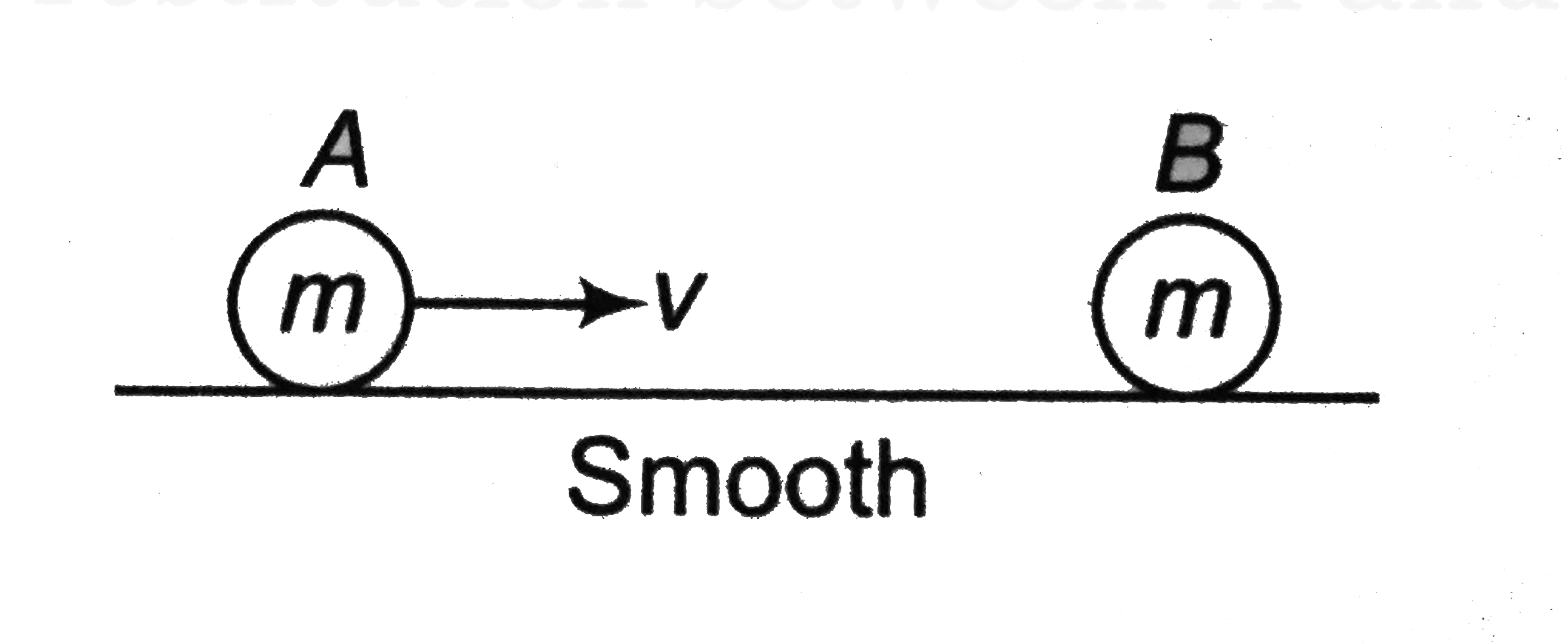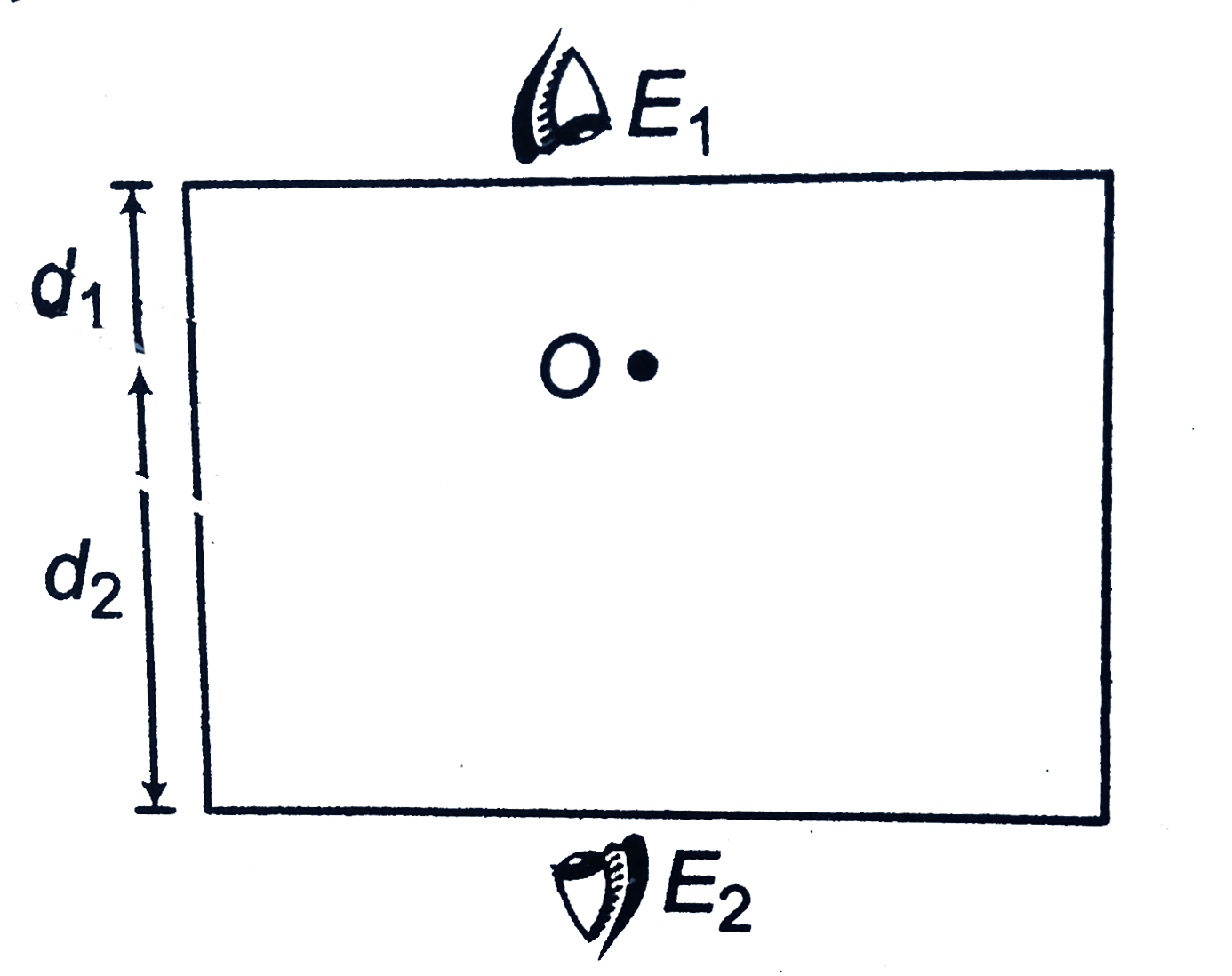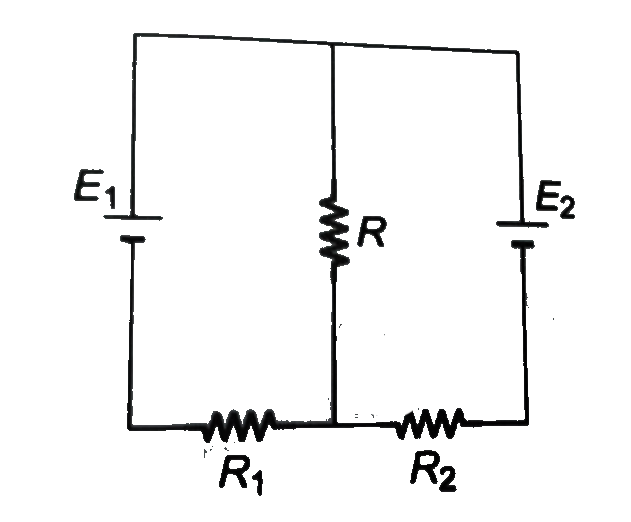In the figure shown, at what distance

(a) will appear to
(b) will appear to
The correct Answer is:B, C
(a)
(b)
Topper's Solved these Questions
- BOOK - DC PANDEY ENGLISHCHAPTER - REFRACTION OF LIGHTEXERCISE - Exercise 31.41videos
REFRACTION OF LIGHT
- BOOK - DC PANDEY ENGLISHCHAPTER - REFRACTION OF LIGHTEXERCISE - Exercise 31.55videos
REFRACTION OF LIGHT
- BOOK - DC PANDEY ENGLISHCHAPTER - REFRACTION OF LIGHTEXERCISE - Exercise 31.22videos
REFRACTION OF LIGHT
- BOOK - DC PANDEY ENGLISHCHAPTER - REFLECTION OF LIGHTEXERCISE - Subjective9videos
REFLECTION OF LIGHT
- BOOK - DC PANDEY ENGLISHCHAPTER - SEMICONDUCTORSEXERCISE - Subjective12videos
SEMICONDUCTORS
Similar Questions
Two numbers are randomly selected and multiplied. Consider two events E1andE2 defined as E1 : Their product is divisible by 5 and E2 Unit's place in their product is 5 Which of the following statement(s) is/are correct? (a)E1 is twice as likely to occur as E2. (b) E1 and E2 are disjoint. (c) P(E1/E2)=1/4 (d) P(E1/E2)=1
View SolutionIn the figure shown, coefficient of restitution between A and B is e=12, then
 View Solution
View SolutionRefractive index of the glass slab is 1.5. There is a point object O inside the slab as shown. To eyeE1 object appears at a distance of 6cm (From the top surface) and to eye E2 it appears at a distance of 8cm (from the bottom surface). Find thickness of the glass slab.
 View Solution
View SolutionIn the circuit shown in figure, the emfs of batteries are E1, and E2 which have internal resistances R1, and R2. At what value of the resistance R will the thermal power generated in it be the highest? What it is?
 View Solution
View SolutionDetermine P (E|F) in : A die is thrown three times, E : 4 appears on the third toss, F: 6 and 5 appears respectively on first two tosses.Determine P(E∣F)
View SolutionAn urn contains four balls bearing numbers 1,2,3 and 123 respectively . A ball is drawn at random from the urn. Let Epi=1,2,3 donote the event that digit i appears on the ball drawn
statement 1 : P(E1∩E2)=P(E1∩E3)=P(E2∩E3)=14
Statement 2 : PE1=P(E2)=P(E3)=12View SolutionLet two fair six-faced dice A and B be thrown simultaneously. If E1 is the event that die A shows up four, E2 is the event that die B shows up two and E3 is the event that the sum of numbers on both dice is odd, then which of the following statements is NOT true ? (1) E1 and E2 are independent. (2) E2 and E3 are independent. (3) E1 and E3 are independent. (4) E1 , E2 and E3 are independent.
View SolutionDetermine P(E∣F)in :Two coins are tossed once, where(i) E: tail appears on one coin, F : one coin shows head(ii) E : no tail appears, F : no head appears
View SolutionThe letters of the word PRABABILITY are written down at random in a row. Let E1 denotes the event that two Is are together and E2 denotes the event that B's are together, then P(E1)=P(E2=311 (b) P(E1∩E2)=255 P(E1∪E2)=1855 (d) P(E1E2)=15
View SolutionIn the circuit shown here, E1=E2=E3=2V and R1=R2=4ohms. The current flowing between point A and B through battery E2 is
 View Solution
View Solution

